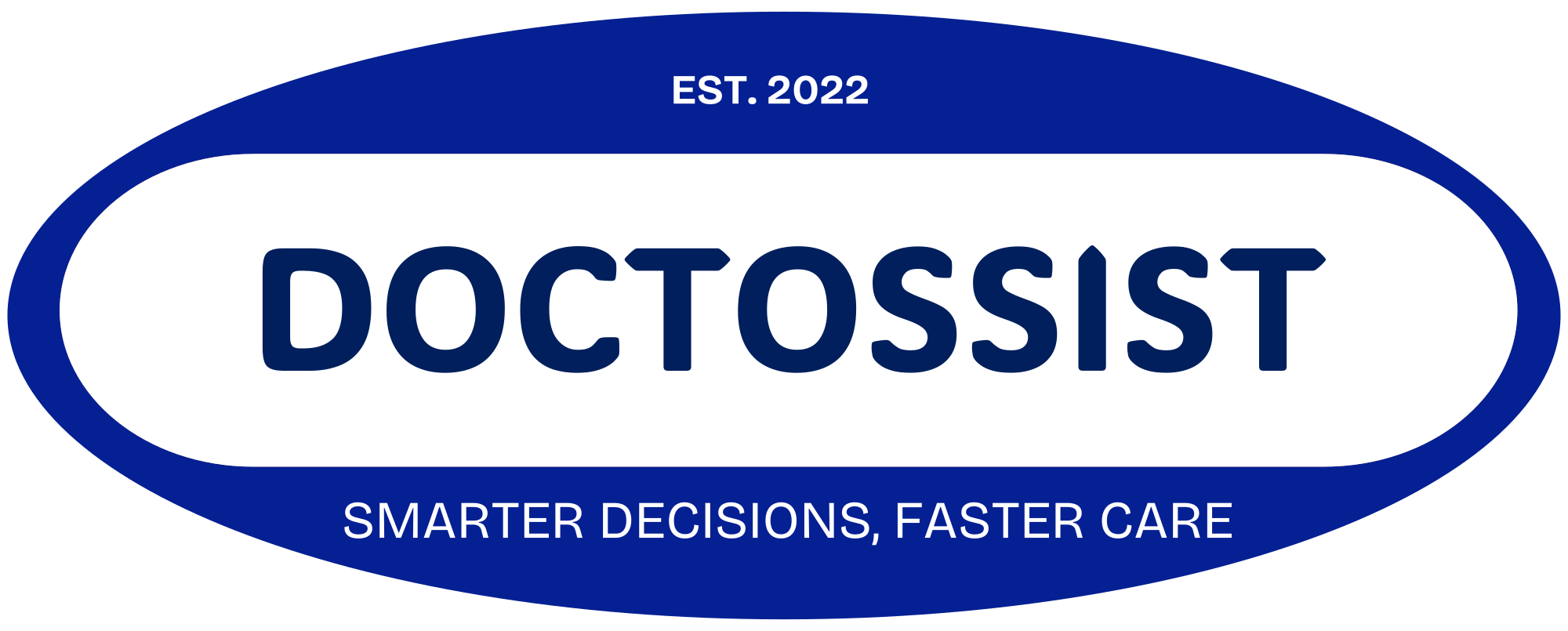
Reham Mostafa 1,✉, Khaled El-Atawi 2
Abstract
Emergency Departments (EDs) globally face escalating challenges such as overcrowding, resource limitations, and increased patient demand. This study aims to identify and analyze strategies to enhance the structural performance of EDs, with a focus on reducing overcrowding, optimizing resource allocation, and improving patient outcomes. Through a comprehensive review of the literature and observational studies, the research highlights the effectiveness of various approaches, including triage optimization, dynamic staffing, technological integration, and strategic resource management. Key findings indicate that tailored strategies, such as implementing advanced triage protocols and leveraging telemedicine, can significantly reduce wait times and enhance patient throughput. Furthermore, evidence suggests that dynamic staffing models and the integration of cutting-edge diagnostic tools contribute to operational efficiency and improved quality of care. These strategies, when combined, offer a multifaceted solution to the complex challenges faced by EDs, promising better patient care and satisfaction. The study underscores the need for a comprehensive approach, incorporating both organizational and technological innovations, to address the evolving needs of emergency healthcare.
Keywords: resources, length of stay, satisfaction, strategy, performance, emergency department
Introduction and background
Emergency Departments (EDs) are critical components of healthcare systems worldwide, functioning as the primary point of care for acute and urgent medical needs [1]. However, the increasing patient load and complex healthcare demands have put a significant strain on ED infrastructures, leading to challenges like overcrowding, prolonged wait times, and resource limitations [2]. High occupancy levels in EDs often correlate with prolonged waiting times, adversely impacting patient care quality and satisfaction [3].
Research has emphasized the importance of managing ED occupancy as a pivotal aspect of healthcare quality [4,5]. Furthermore, studies have shown that variability in admission rates reflects the diversity in patient demographics, hospital capabilities, and healthcare policies, thereby impacting ED performance [6]. The effective allocation and management of resources, including medical equipment and staffing, are crucial for reducing wait times and improving patient outcomes [7].
This study aimed to systematically explore various strategies to enhance ED performance, focusing on key areas such as reducing ED occupancy and crowding, optimizing admission rates, and improving resource management. By employing evidence-based approaches and integrating technological advancements, the study seeks to offer practical solutions for EDs to manage patient flow efficiently, ensure swift and accurate treatment, and ultimately enhance patient satisfaction and care quality. The strategies discussed in this study are grounded in extensive research and aim to address the multifaceted challenges faced by EDs in a rapidly evolving healthcare landscape.
Reference:
https://pmc.ncbi.nlm.nih.gov/articles/PMC10890971/





